E-bike innovations: e-MTB's contributions to cycling tech
From ABS to drivetrains – a complete guide to the latest e-bike innovations
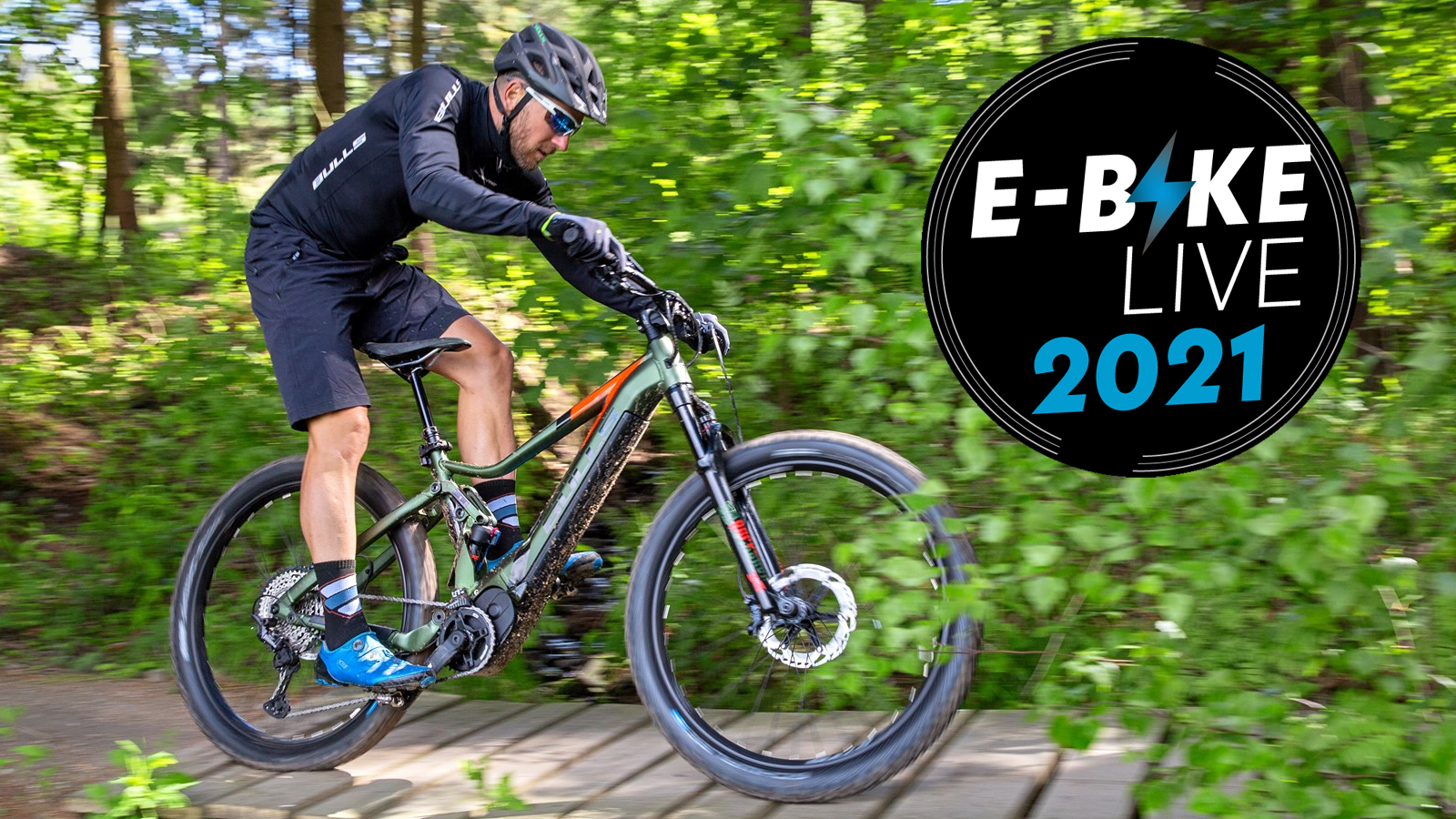
E-bikes are no longer regular bikes with a motor and battery bolted on, they have become a hotbed for cycling innovation with technology and ideas moving at lightning speed. Initially, development was simply about refining the concept by offering increasingly integrated motors, batteries and controls. While this continues, bike designers are starting to innovate further by enhancing the riding experience despite the limitations that come with a motor and battery.
Until now any electronic devices on bikes, with the exception of dynamo-powered lights, have had to rely on their own power source which then puts an element of compromise in the design. However, these devices, which usually have a very modest power draw, can be hard-wired into an e-bike battery and integrated into the bike. E-bikes are still in their infancy though and the e-bike tech of the future is only going to become more sophisticated.
But what are the latest innovations, making your off-road e-bike riding experience even better? We take a look at the areas where e-bikes tech is advancing.
- Best e-MTB motors: choosing the best e-MTB motor for your riding
- Best budget e-MTBs: great e-mountain bikes that won't break the bank
- Best e-MTBs: electric mountain bikes that can get you up and down the mountain
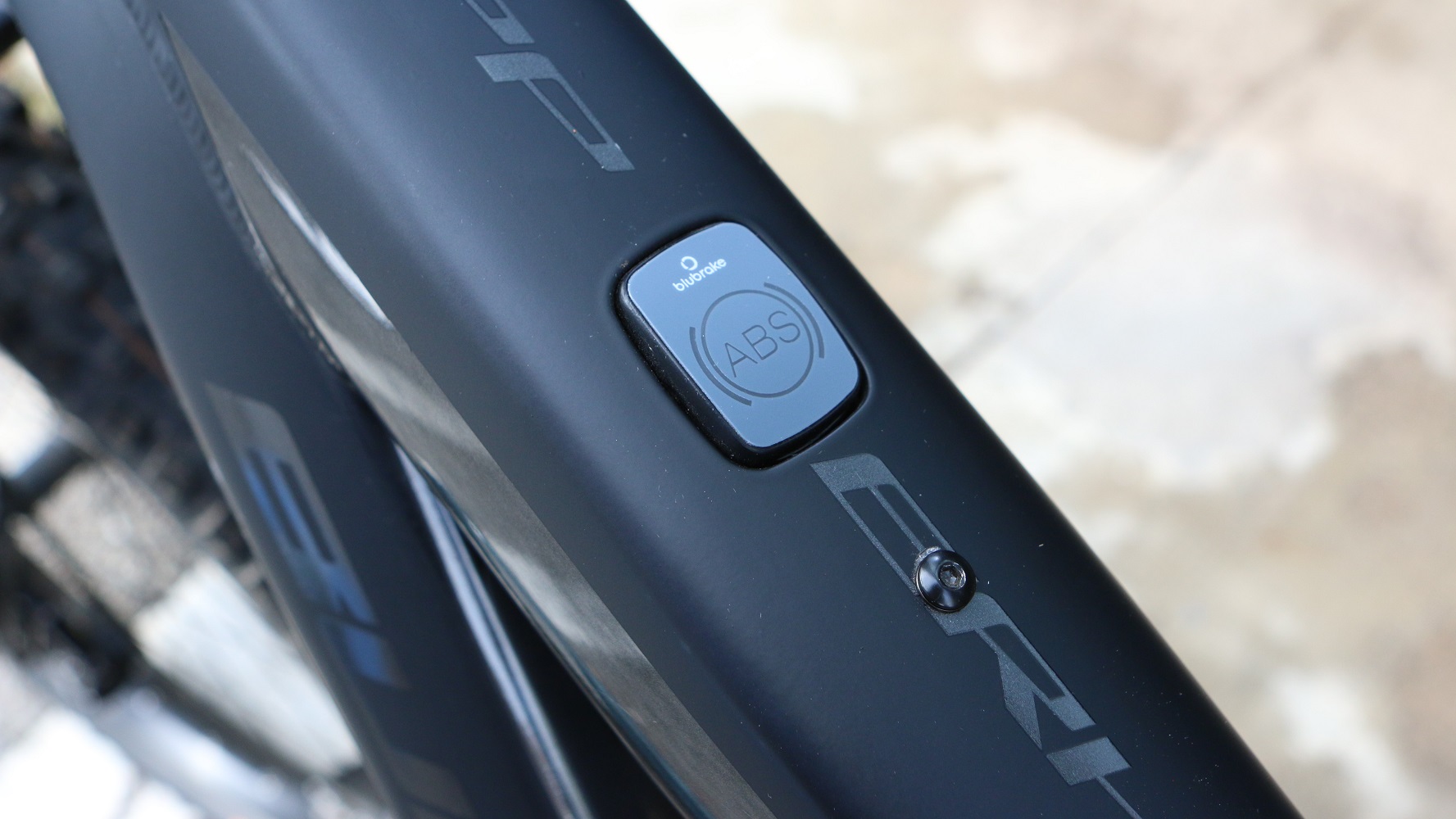
ABS for those steep bits
With the additional mass of a battery pack and motor, e-bikes are heavier than conventional bicycles. More weight, means a greater burden of momentum, for the braking system to manage. This becomes an even bigger issue on enduro e-bikes, with their massive 29x2.6 inch tires and tough wheelsets.
Finding bigger brakes isn’t a problem. Downhill mountain bike racing tests the hydraulic disc brake concept to its extreme, while 160mm brake rotors are the most common size on regular bikes, there are downhill systems that will provide you with calipers that camp 220mm stoppers.
But what if the issue of brake fade isn't cured by larger rotors? If you are concerned about grabbing a lever of disc brake, for fear of locking up a wheel on slippery roots or a gravely off-camber corner, the next solution must be an anti-lock braking (ABS) system.
The ABS concept has always been troubling for skilled mountain bikers, who occasionally use front or rear-wheel lock-up for specific steering interventions, on very steep descents. However, this type of braking assistance could benefit novice e-enduro riders who aren't as good at reading trail conditions or might be prone to nervously locking up.
Front-wheel lock-up is usually the result of panic and often develops into a crash. With an ABS system to pulse-modulate any dramatic front brake lever pull, less technically proficient mountain bikers can be more confident, exploring the capabilities of their e-bike, on challenging trails.
Italian brand, Blubrake, is the current innovator but the legacy brake brands must surely be readying e-bike ABS systems of their own. Especially considering the huge advances in sensor technology and microchip processing power.
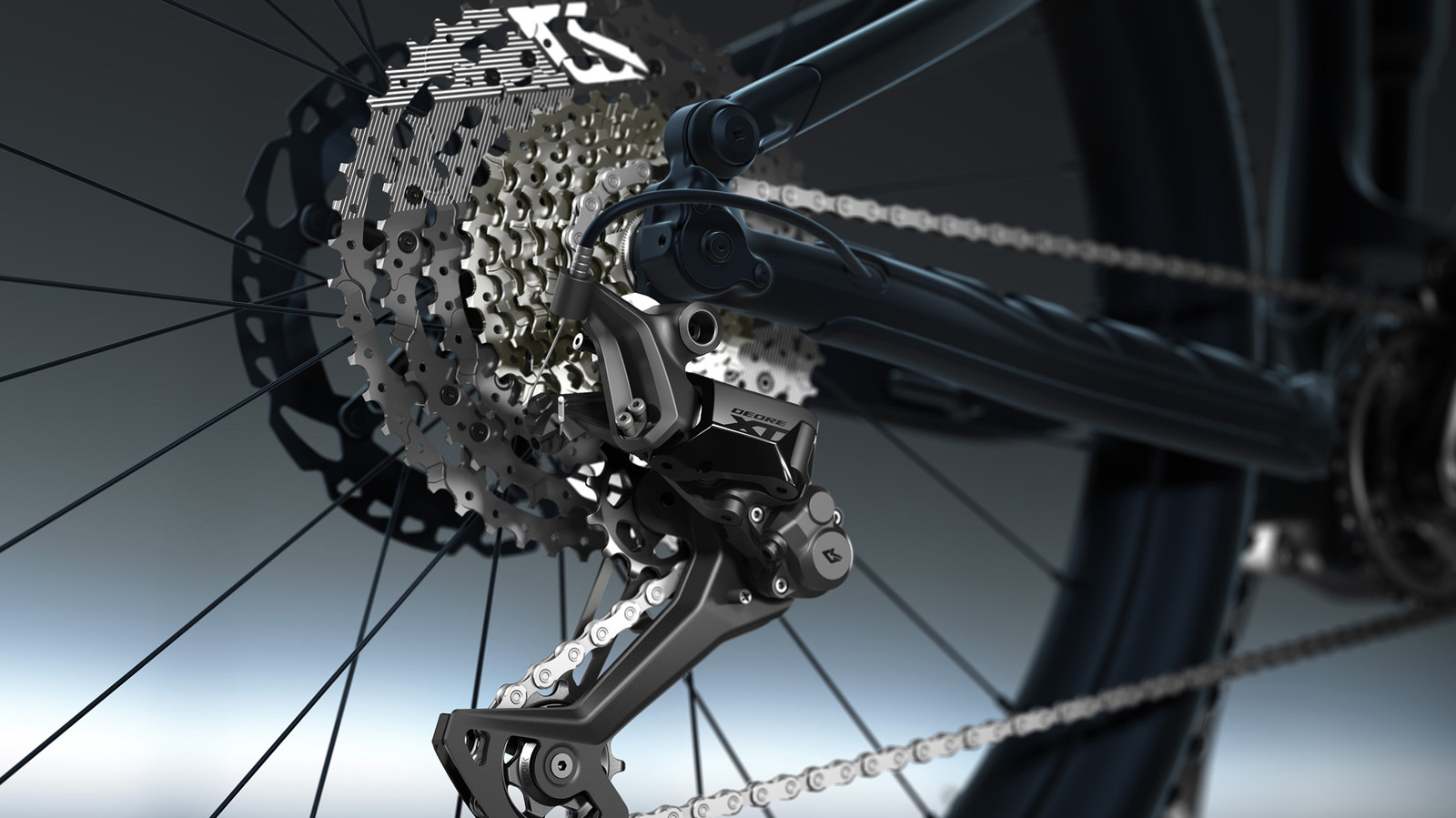
Tougher drivetrains to cope with the watts
E-bikes are tough on drivetrains. With the ability to apply more than double a rider’s normal power output, component strain is significant.
Add the environmental contaminants encountered on a mountain bike ride, such as mud and debris, and you can easily understand how accelerated drivetrain wear can become a problem for riders who frequently use their e-bikes off-road.
Shimano has already developed a solution with its new Linkglide range. Sacrificing weight for strength, the Shimano Linkglide cassette is 300% more durable, with reshaped tooth profiles.
Not only is this new e-bike drivetrain more hardwearing, but you don’t have to replace the cassette in its entirety. With most of the wear happening on smaller gears, Shimano’s Linkglide cassette is a two-piece design, with the 11-, 13- and 15T cogs being replaceable.
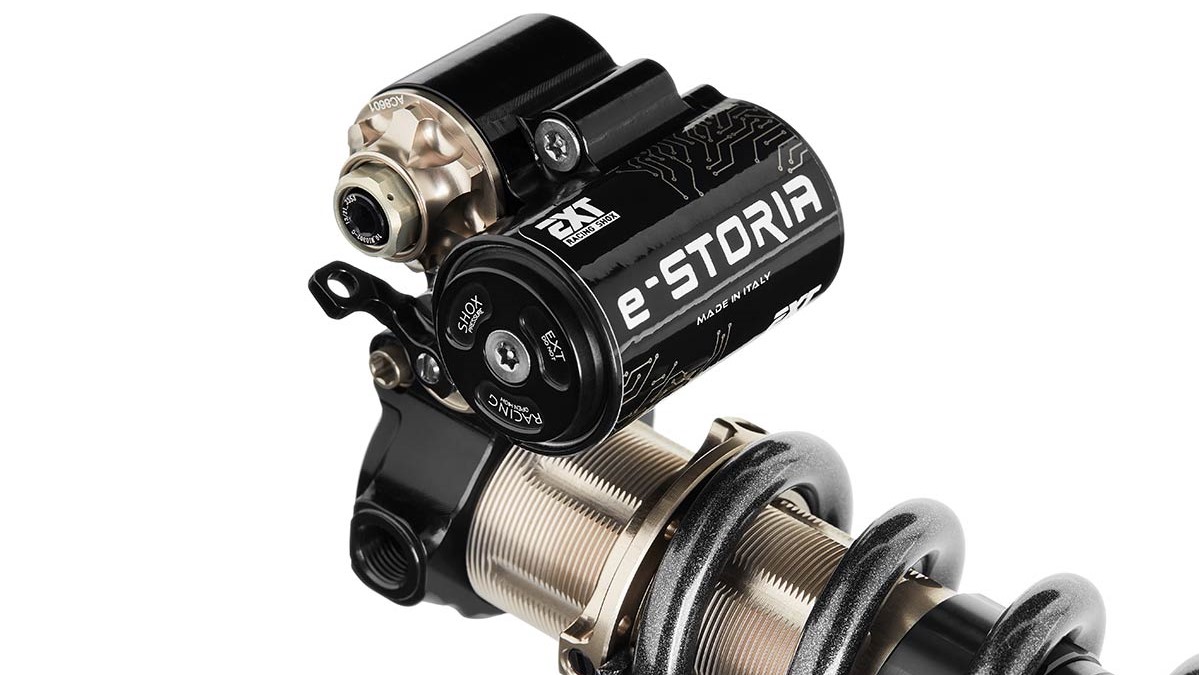
Better suspension for bigger hits
The market for an XC specification e-bike is difficult to fathom. Trek has tried with the E-Caliber, but the most active e-bike market and riding community, straddle the trail and enduro mountain bike categories.
With the benefit of pedal assistance riders can roll big tires, providing maximum traction, and lots of trick suspension, without having to worry about the weight burden.
An ability to complete multiple black and double-black descents in a single day, make e-bike in the 140-170mm frame travel category hugely capable. And also, rather severe on their suspension systems.
The industry has responded with a range of new forks and shocks, that can deal with the abuse. Trail and enduro e-bikes need to remain agile, to round tight switchbacks. That means a dual-crown downhill fork isn’t going to work, due to its limited range of steering angle.
Fox and RockShox have delivered their new generation of larger diameter stanchion single-crown forks, which are ideal for e-bikes. The Fox 38 and RockShox ZEB range both use 38mm upper tube stanchions, to provide confident steering accuracy when smashing a heavy e-bike through massive rock gardens. The e-MTB also sees the use of a 1.8-inch tapered steerer standard and, while the burly 38mm forks have caught on, the rest of the cycling industry shows little interest in adopting this new standard.
At the rear, coil shocks have become the preferred damping solution for e-bikes. Recognizing that the compression and side loads on an e-bike are greater than with a conventional trail or enduro frame, EXT has built a new e-bike specific coil shock. The Italian suspension brand is celebrated for its handbuilt components and a broad spectrum of adjustability. E-bike riders who thrive on the descents can use the new e-Storia shock, featuring additional compression and bottom-out resistance settings, to get the best from long-travel battery bikes, on those rewarding but challenging descents.
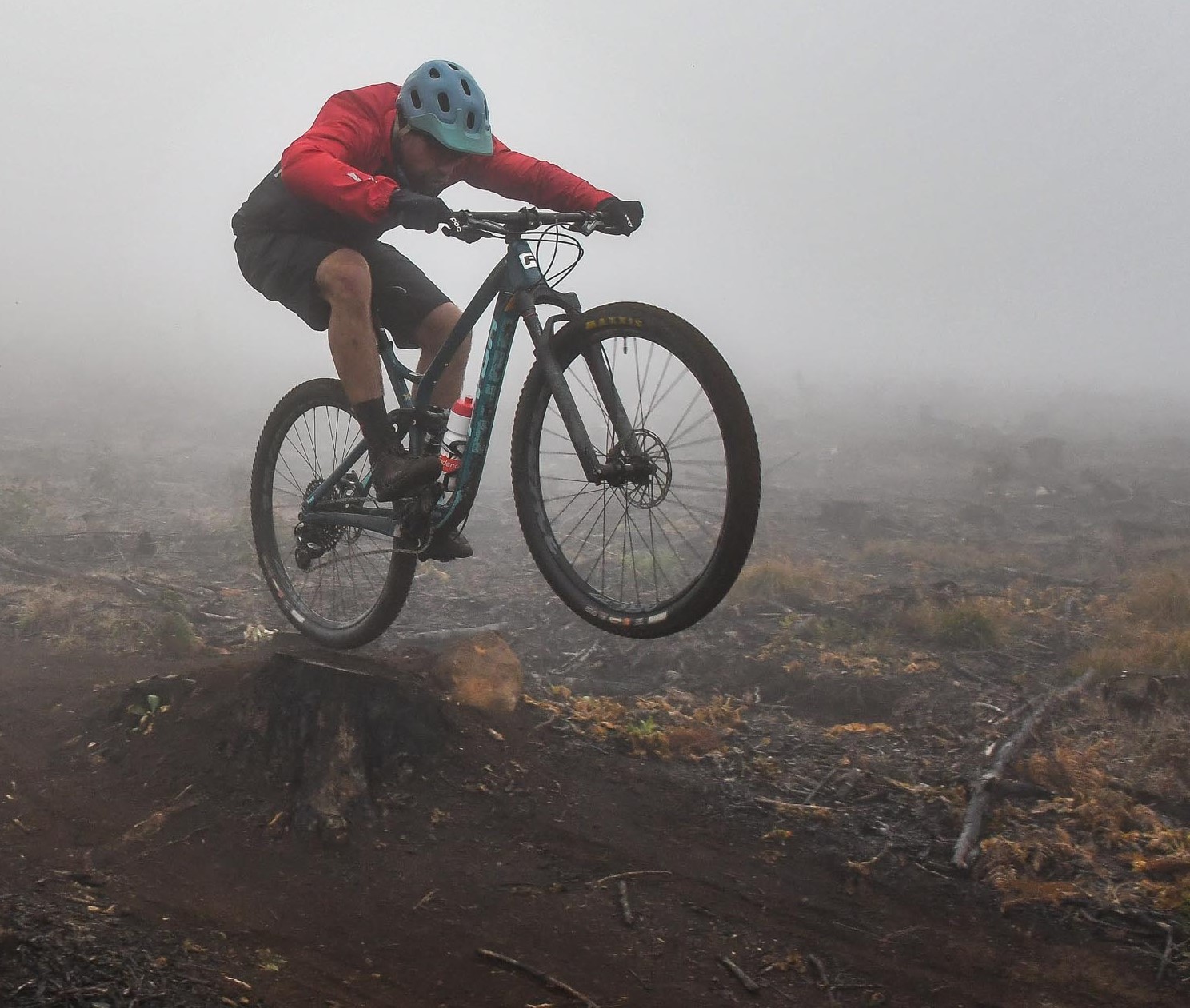
Lance Branquinho is a Namibian-born journalist who graduated to mountain biking after injuries curtailed his trail running. He has a weakness for British steel hardtails, especially those which only run a single gear. As well as Bike Perfect, Lance has written for MBR.com, Off-Road.cc and Cycling News.
